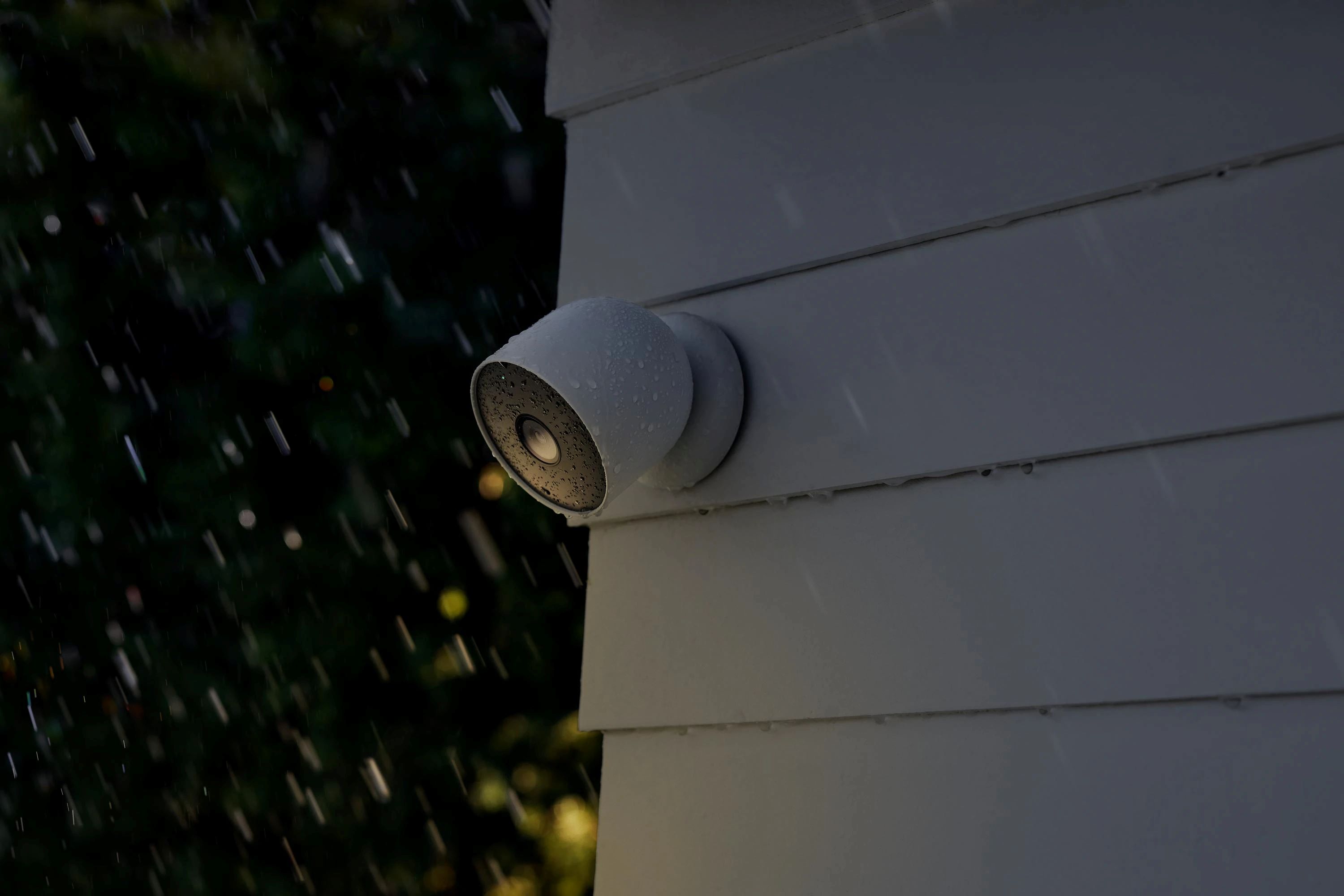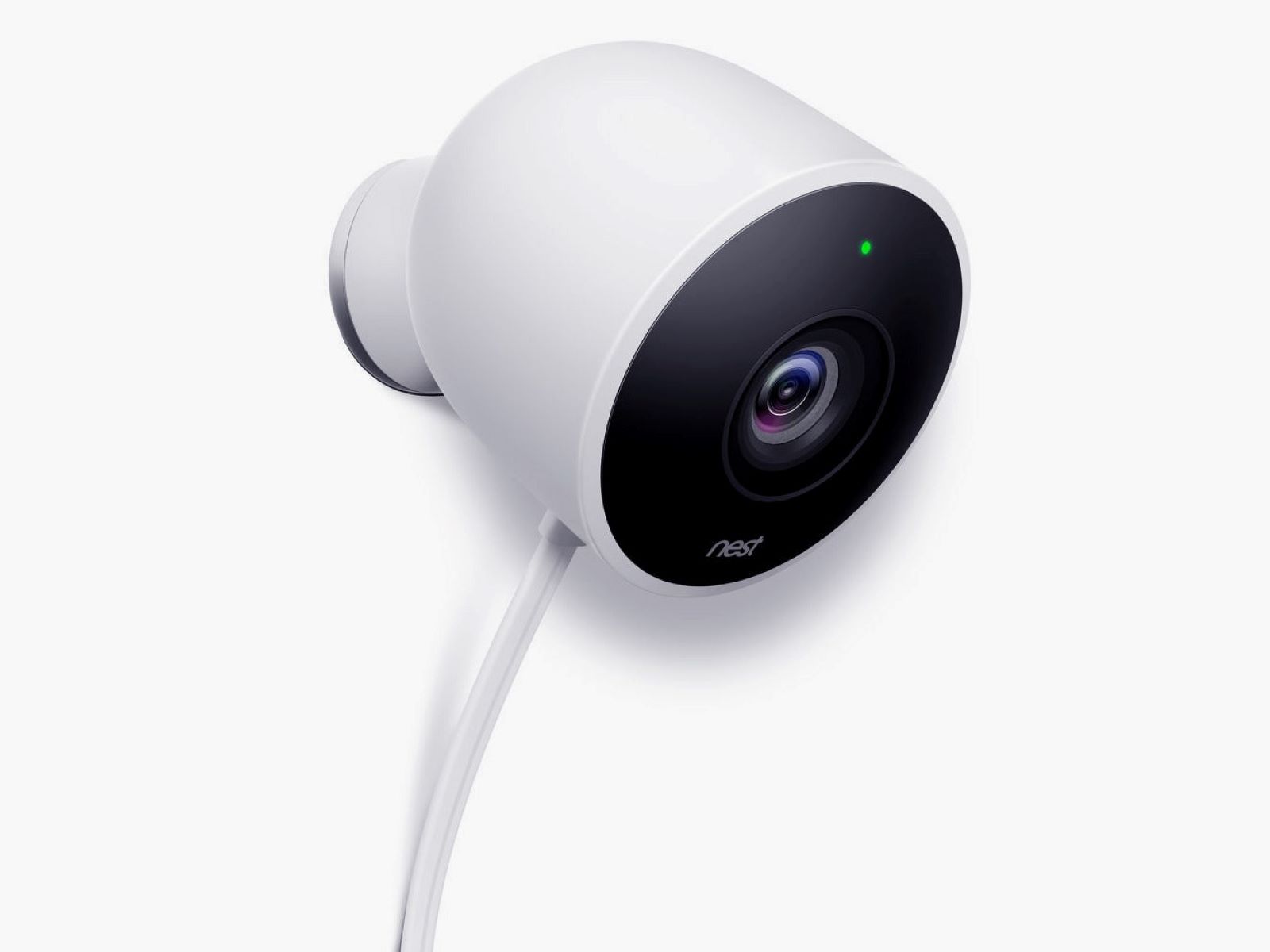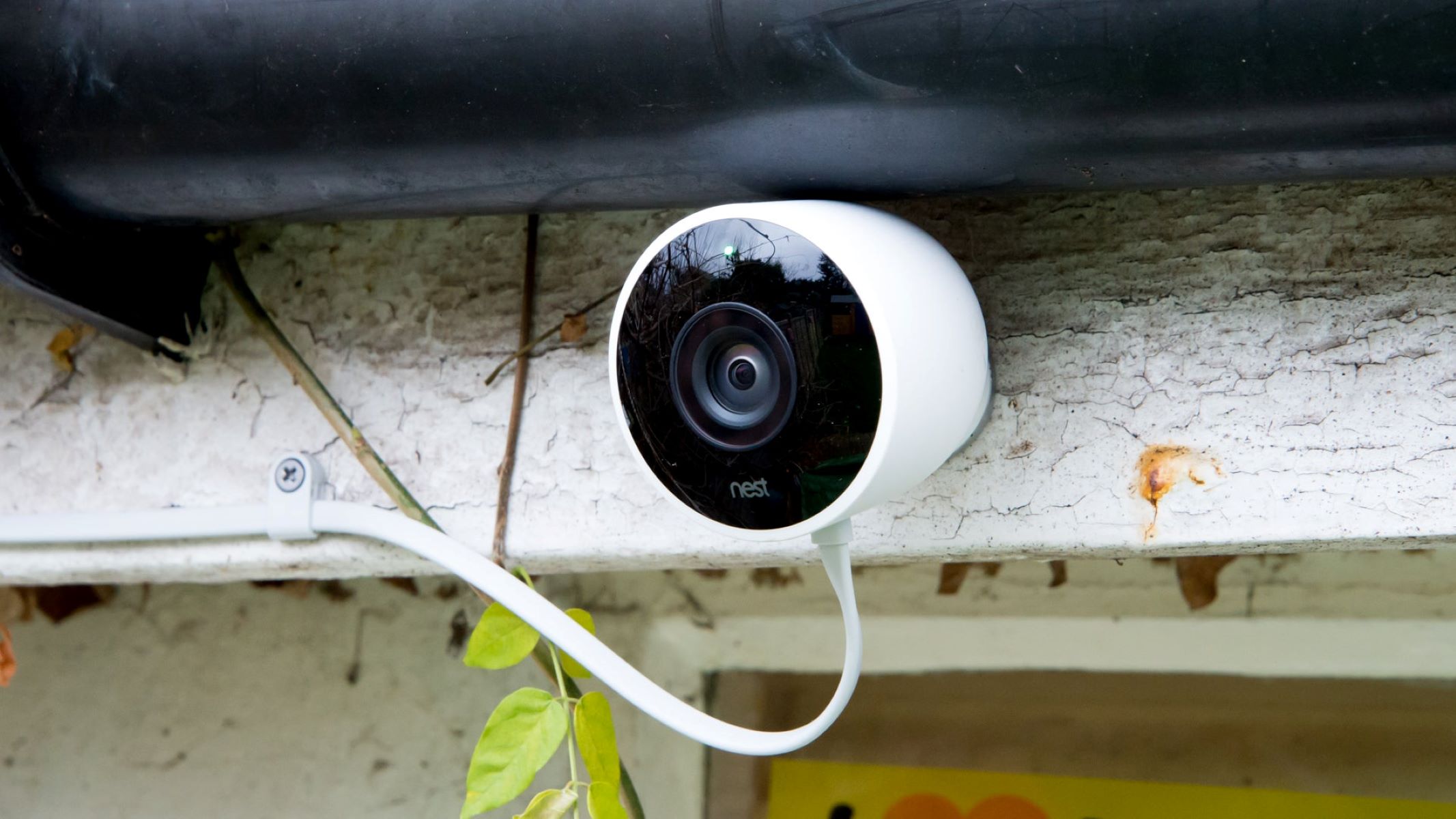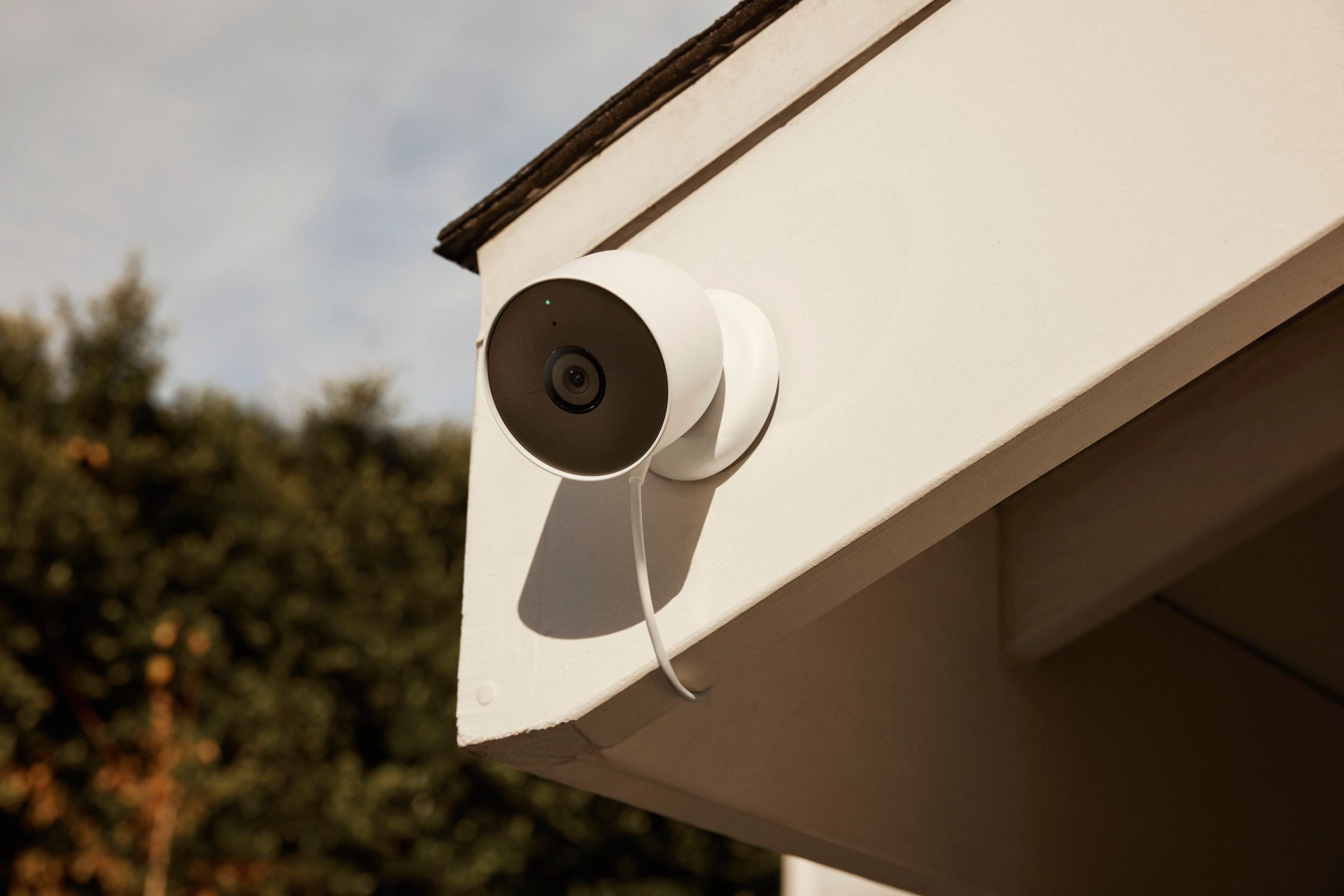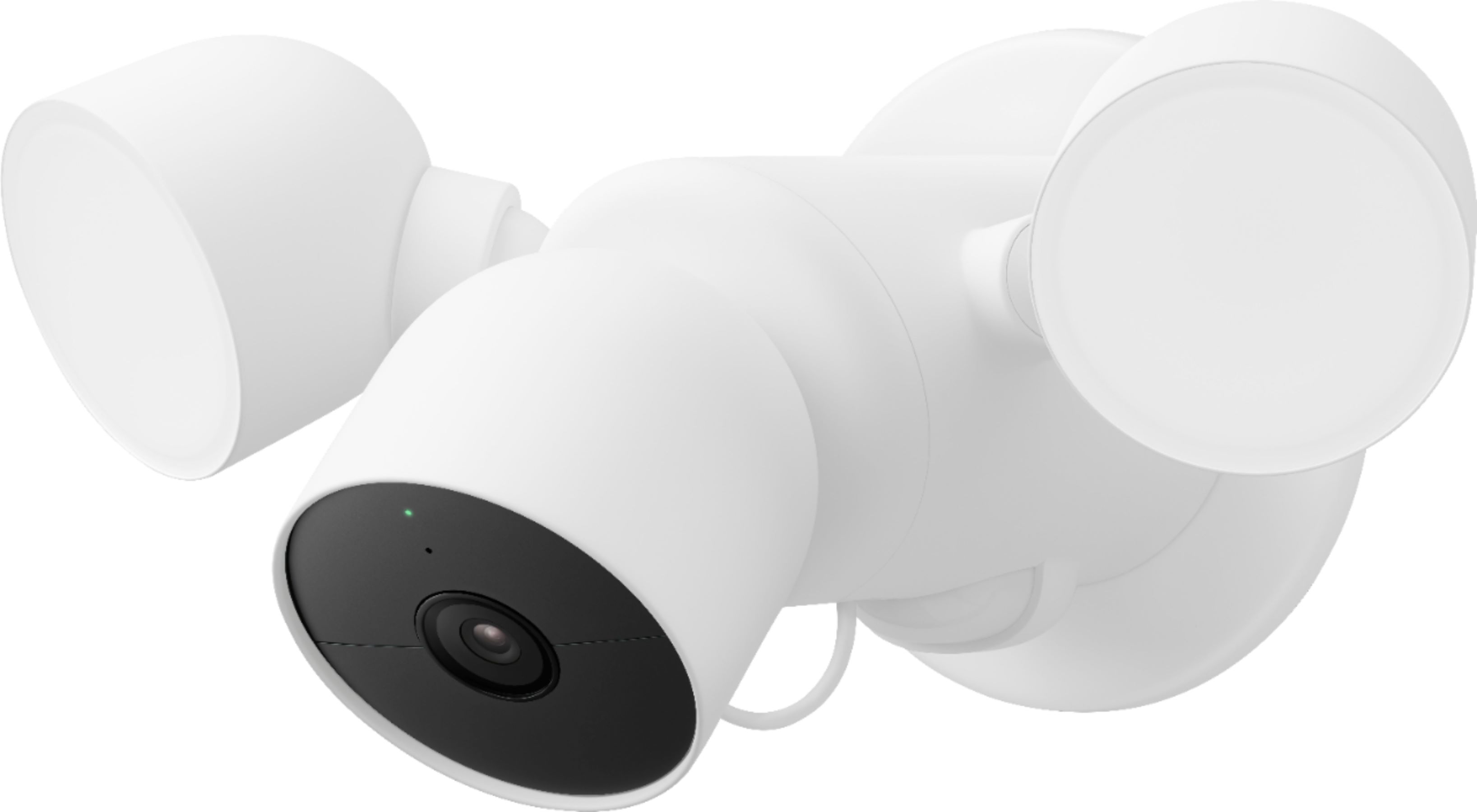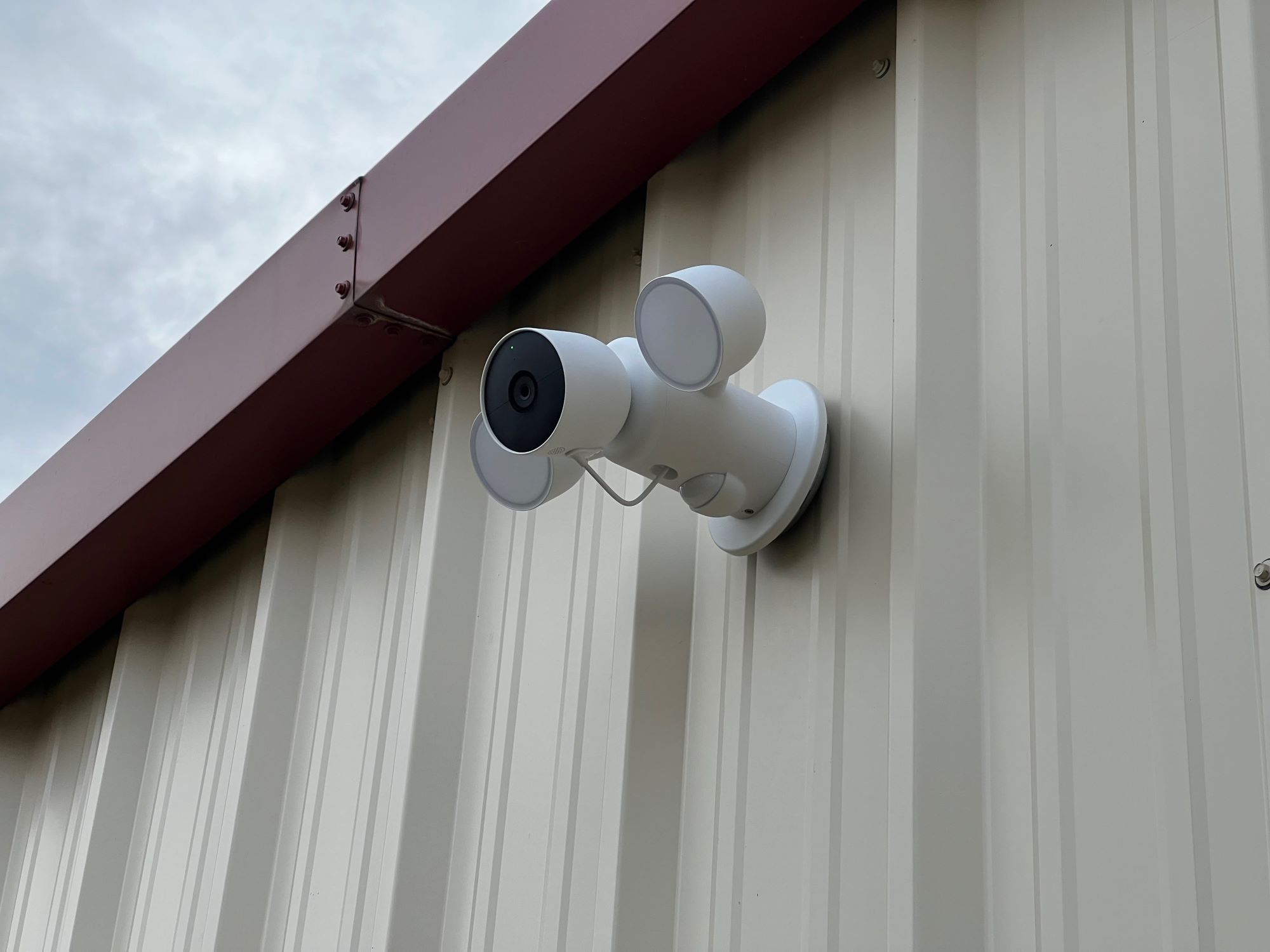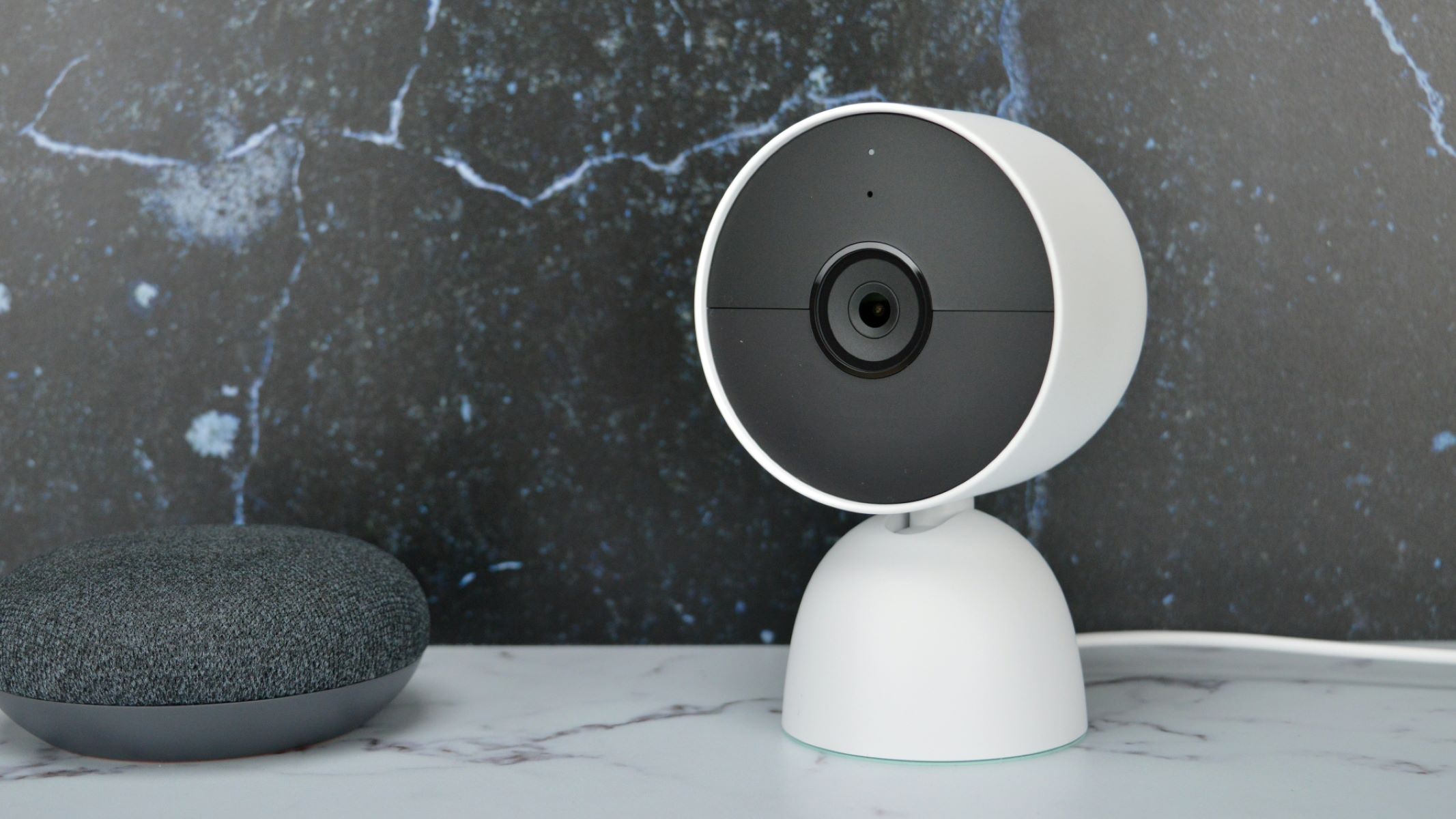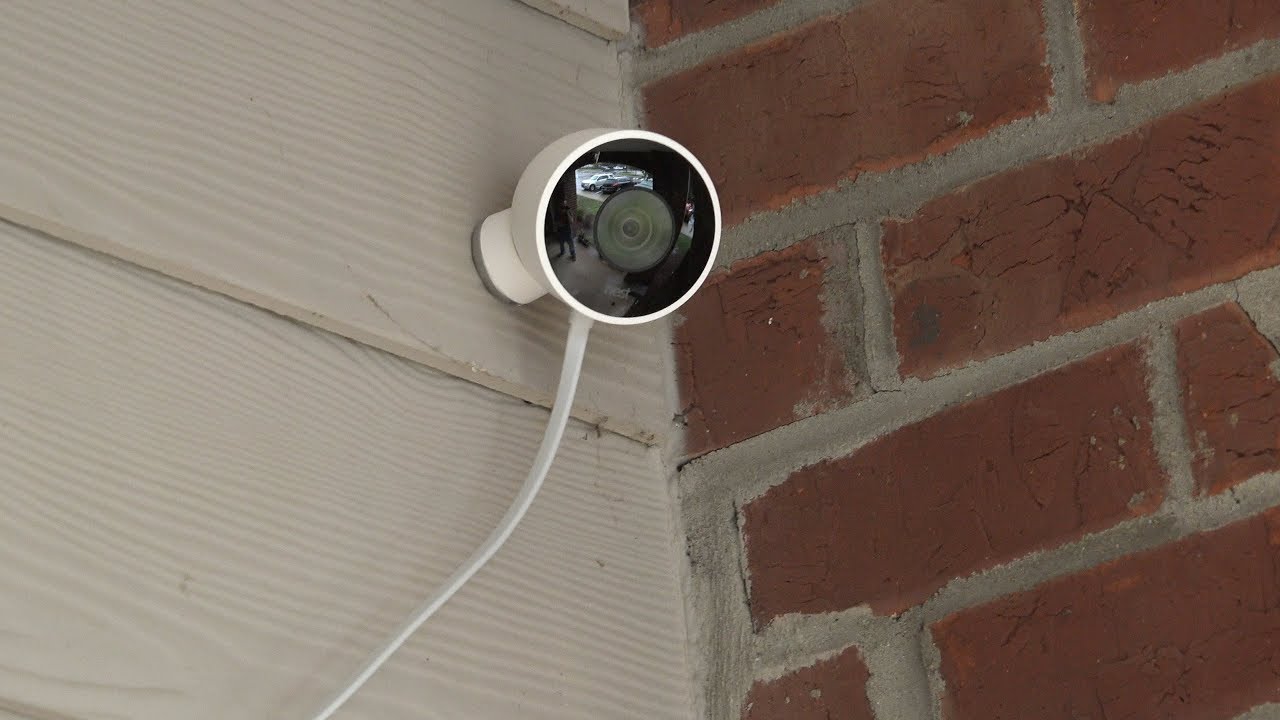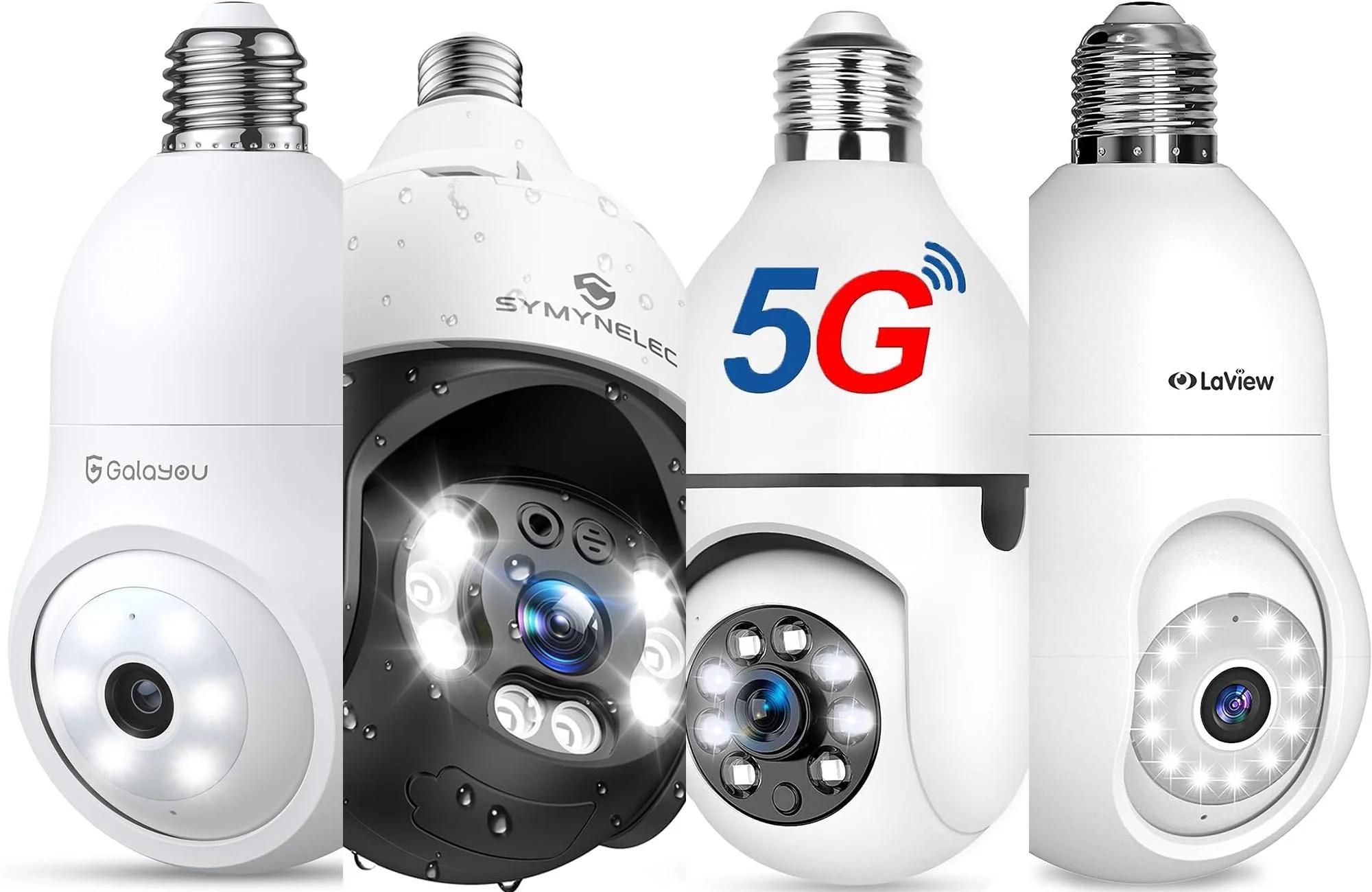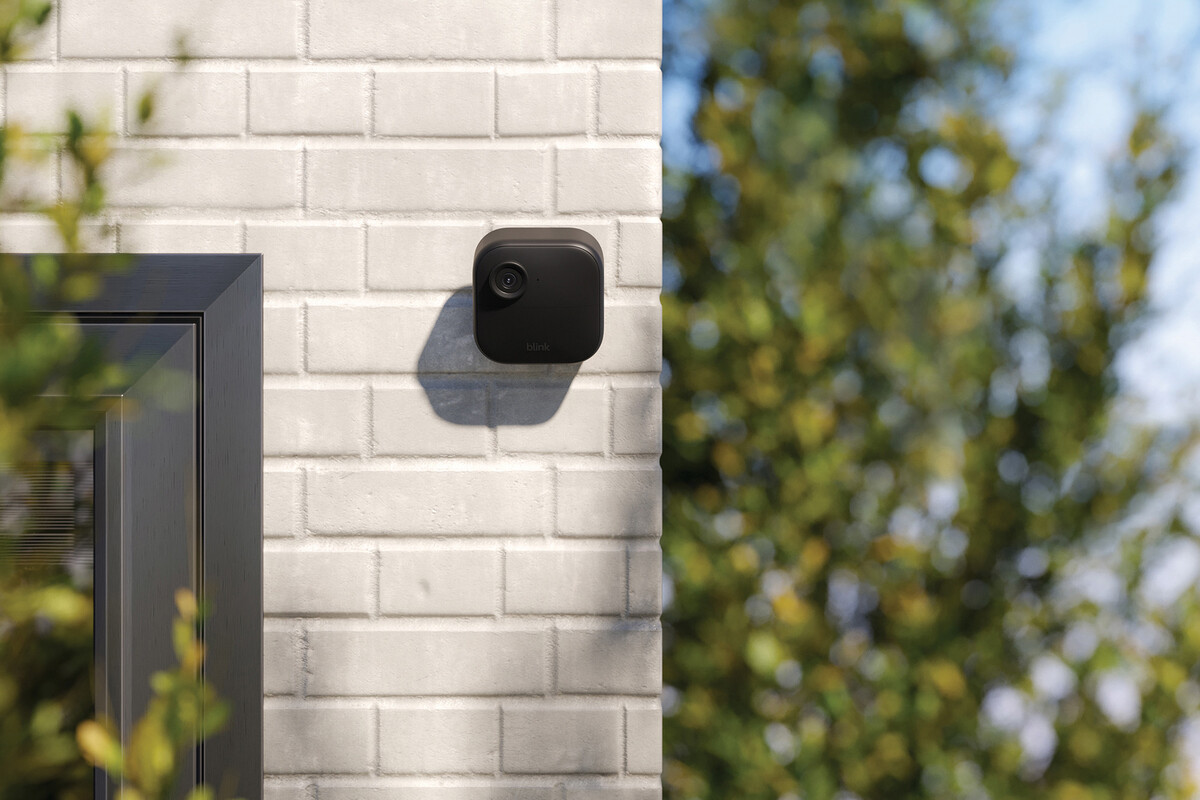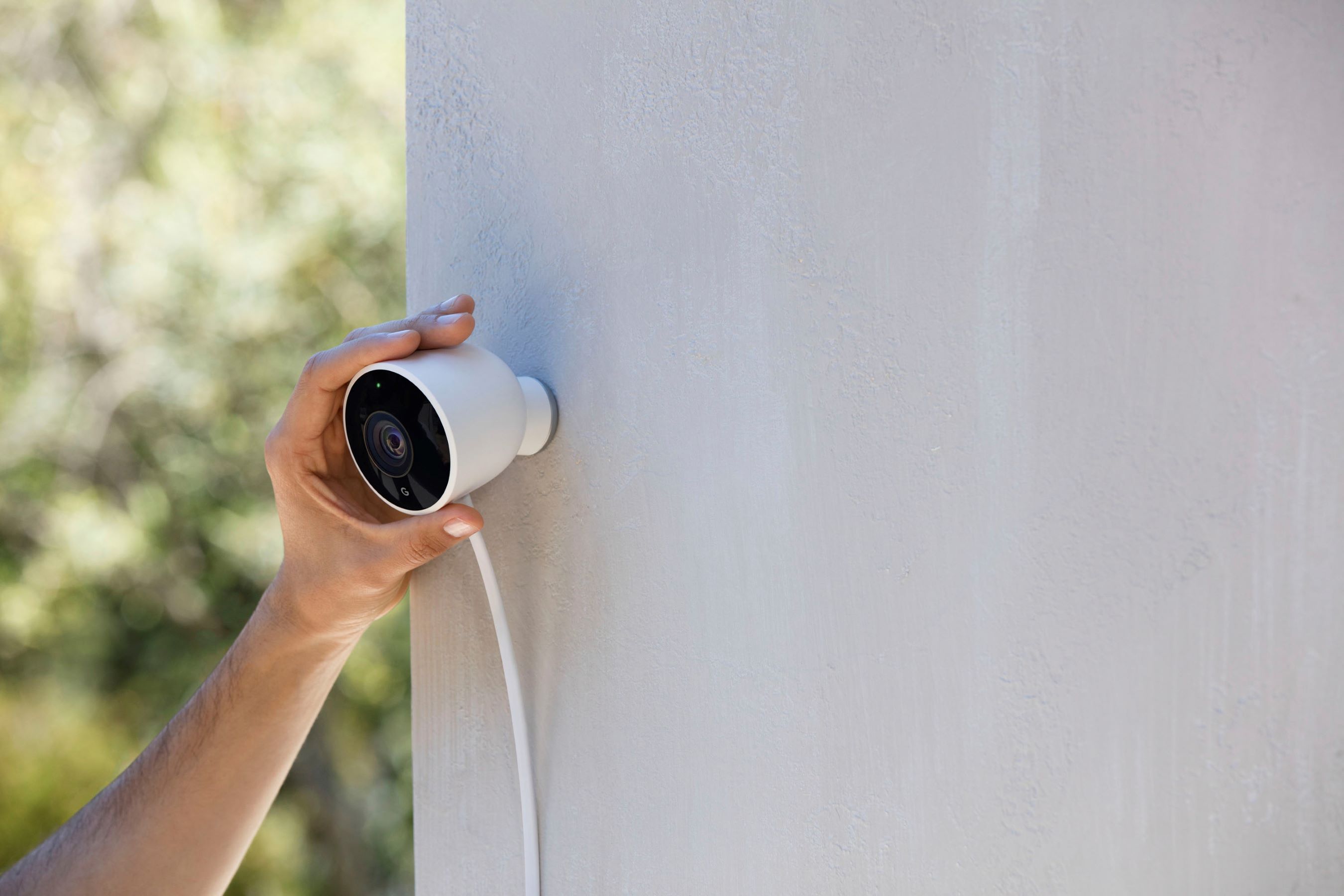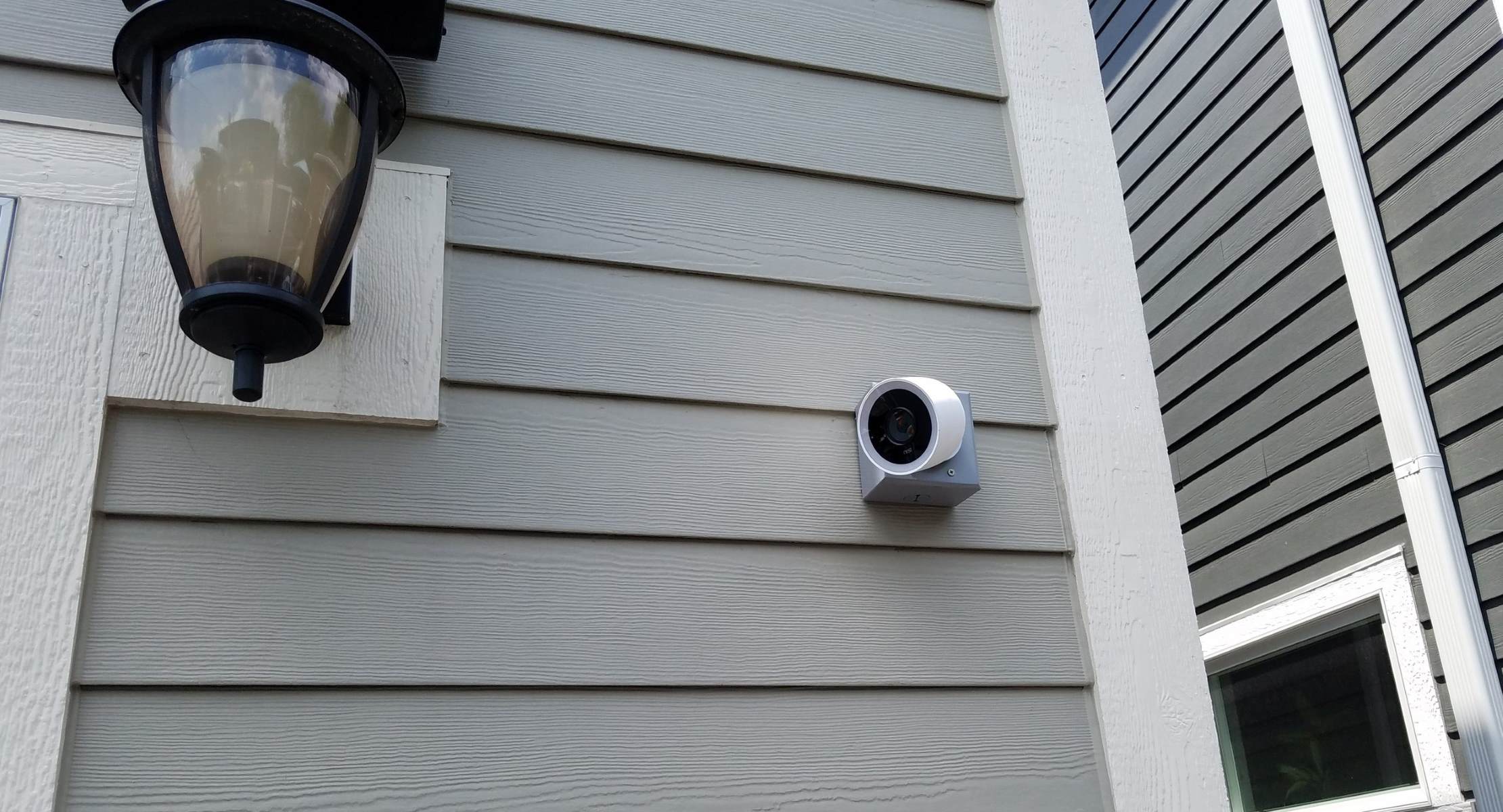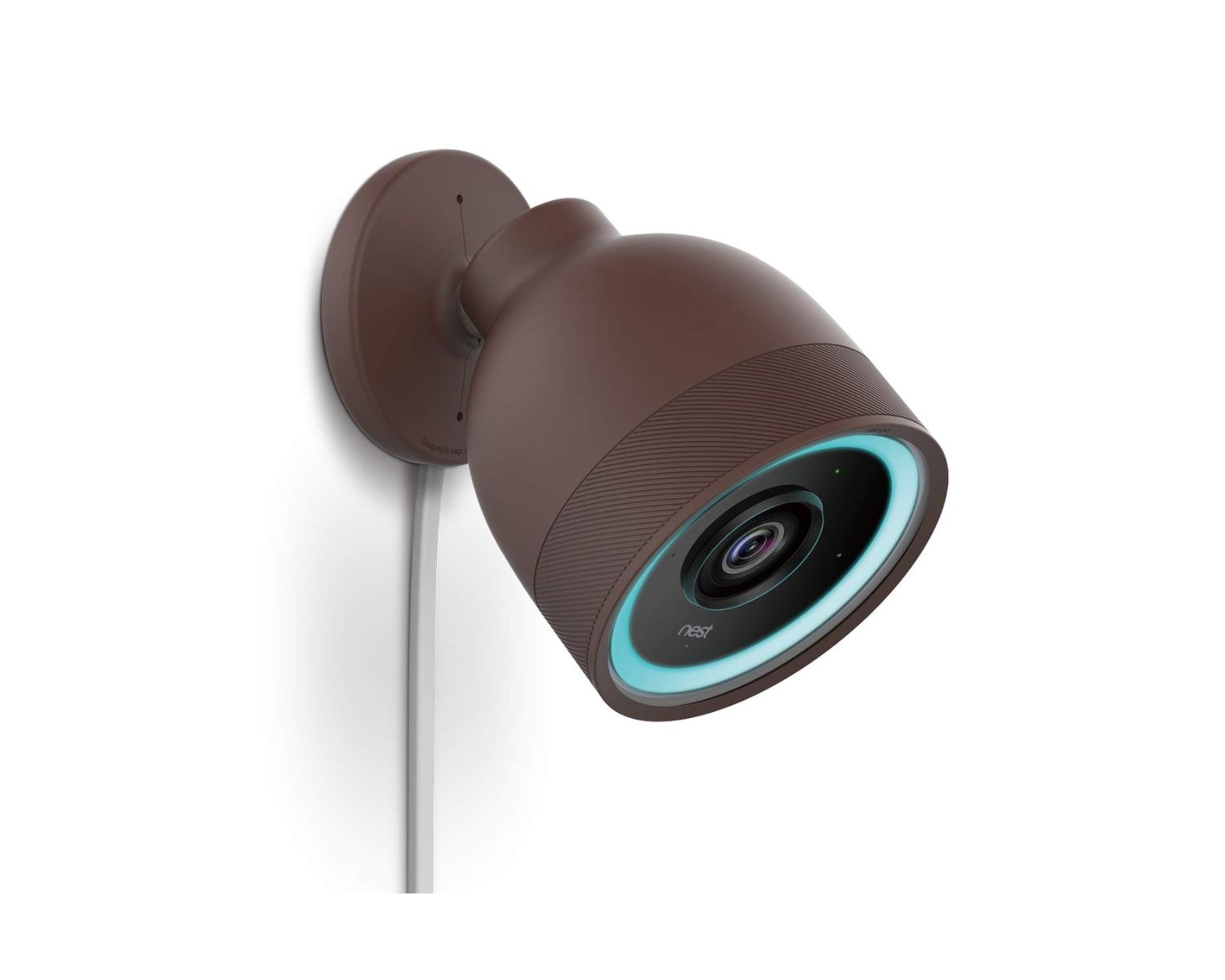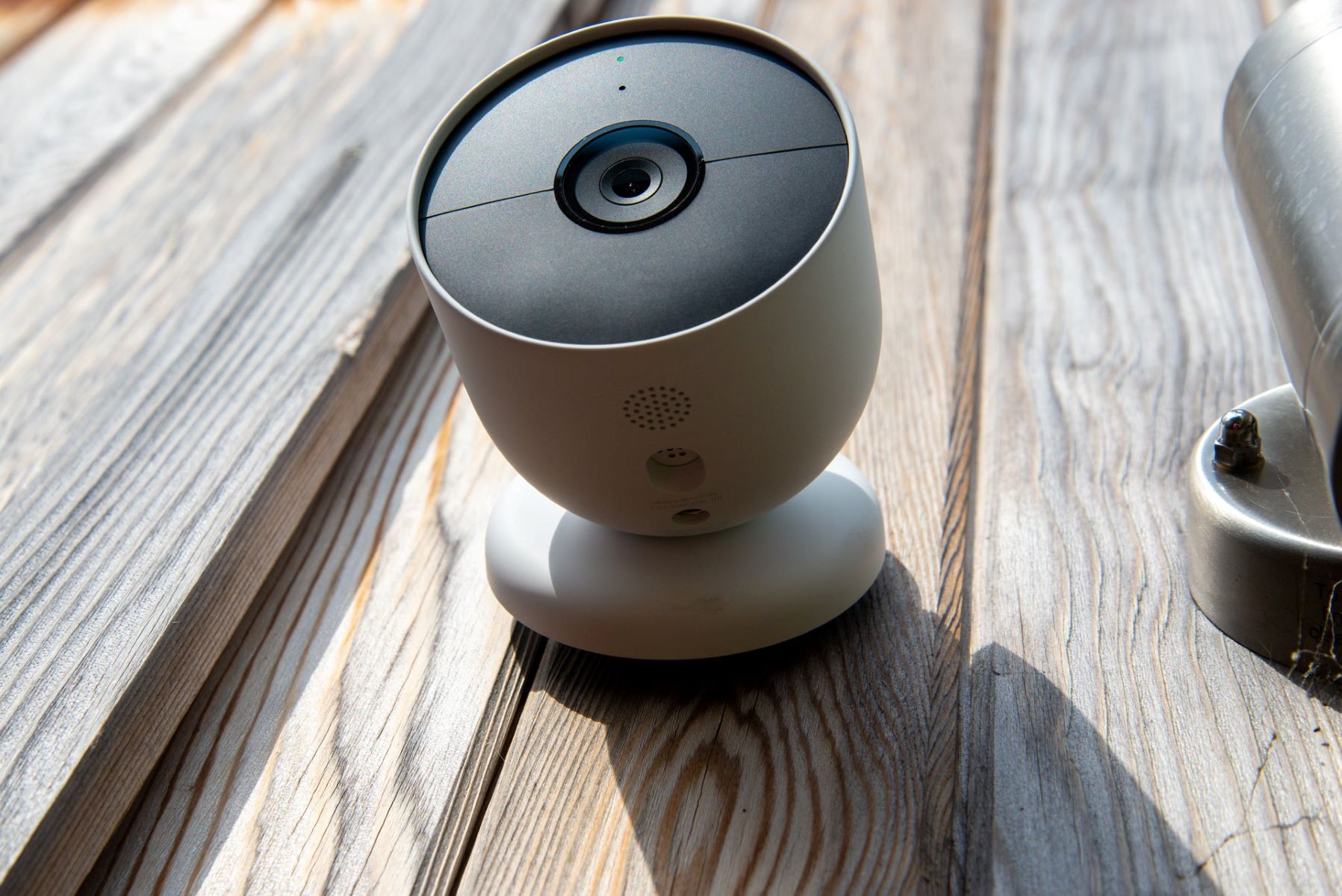Home>Home Security and Surveillance>What GHz Do Nest Outdoor Cameras Use?
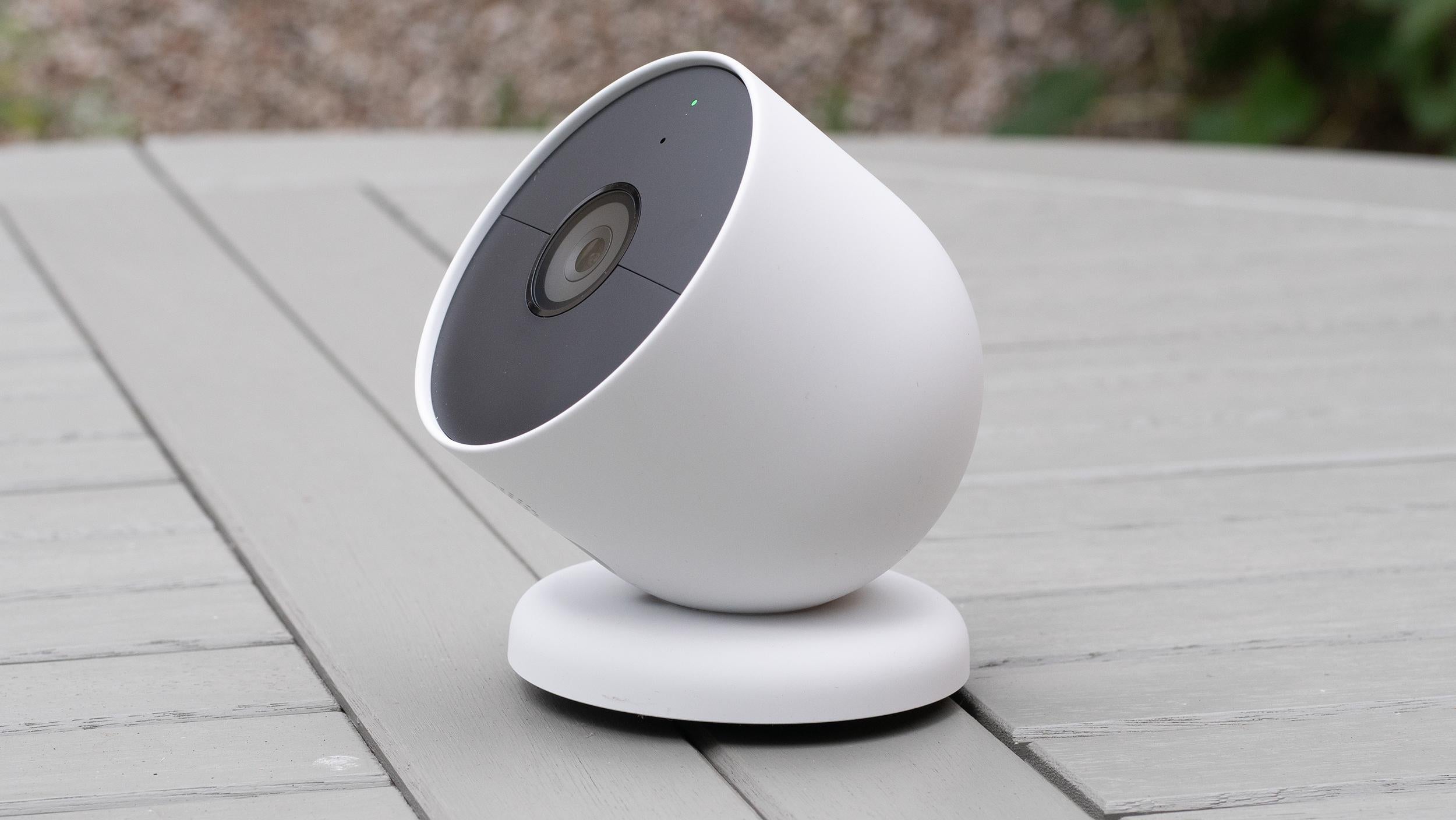

Home Security and Surveillance
What GHz Do Nest Outdoor Cameras Use?
Modified: March 6, 2024
Discover what GHz Nest outdoor cameras use and choose the perfect home security and surveillance solution for your needs.
(Many of the links in this article redirect to a specific reviewed product. Your purchase of these products through affiliate links helps to generate commission for Storables.com, at no extra cost. Learn more)
Introduction
When it comes to home security and surveillance, having a reliable outdoor camera system is essential. With advancements in technology, wireless outdoor cameras have become increasingly popular as they offer convenience and flexibility. One popular outdoor camera brand is Nest, known for their innovative features and user-friendly interface. However, one crucial aspect to consider when purchasing a Nest Outdoor Camera is the GHz range it operates on.
WiFi frequency bands play a significant role in determining the performance and range of wireless devices such as cameras. It is essential to understand the GHz range of Nest Outdoor Cameras to ensure optimal connectivity and coverage for your home security needs.
In this article, we will delve into the specifics of the GHz range used by Nest Outdoor Cameras and explore the benefits of choosing a specific GHz range that suits your requirements.
Key Takeaways:
- Choose the Right GHz Range for Your Nest Outdoor Camera
Ensure optimal connectivity and improved range by selecting the appropriate GHz range for your Nest Outdoor Camera. Consider factors like network environment and interference to maximize performance. - Benefits of Using Nest Outdoor Cameras with a Specific GHz Range
Selecting the right GHz range can provide faster speeds, reduced interference, and improved network performance for your Nest Outdoor Cameras. Consider your unique situation and requirements for enhanced security and peace of mind.
Read more: How To Use Nest Outdoor Camera Speaker
WiFi Frequency Bands
Before we delve into the GHz range used by Nest Outdoor Cameras, let’s first understand the concept of WiFi frequency bands. WiFi networks operate on two primary frequency bands: 2.4 GHz and 5 GHz. These frequency bands refer to the range of radio waves used for transmitting and receiving data wirelessly.
The 2.4 GHz frequency band has been around for a long time and is commonly used by household devices and appliances. It provides a more extended range but tends to be more crowded due to various devices competing for bandwidth. The 2.4 GHz band can also be more susceptible to interference from other devices such as cordless phones and microwaves.
The 5 GHz frequency band, on the other hand, offers faster data transfer speeds and is less crowded. It provides less range compared to the 2.4 GHz band but is ideal for high-bandwidth activities such as streaming HD videos and online gaming. The 5 GHz band is less prone to interference, resulting in a more stable and reliable connection.
It is important to note that not all devices support both frequency bands. Some older devices may only be compatible with the 2.4 GHz band, while newer devices often support both bands.
Now, let’s explore how Nest Outdoor Cameras utilize these WiFi frequency bands.
Nest Outdoor Camera Specifications
Before we delve into the GHz range used by Nest Outdoor Cameras, let’s take a closer look at the specifications of these innovative security devices. Nest Outdoor Cameras are designed to withstand the elements and provide you with a clear view of your outdoor surroundings.
Here are some key specifications of Nest Outdoor Cameras:
- High-definition video: Nest Outdoor Cameras offer high-definition video resolution, allowing you to capture clear and detailed footage of your outdoor area.
- Weather-resistant design: These cameras are built to withstand various weather conditions, including rain, wind, and extreme temperatures.
- Night vision: Nest Outdoor Cameras are equipped with infrared LEDs, enabling them to capture clear footage even in low-light or nighttime conditions.
- Two-way audio: With the built-in speaker and microphone, you can communicate with visitors or potential intruders through the Nest app on your smartphone or tablet.
- Motion detection: These cameras have motion detection capabilities, alerting you when any movement is detected in the camera’s field of view.
- Mobile alerts: The Nest app sends you instant alerts to your smartphone whenever activity is detected, allowing you to monitor your property from anywhere.
- Cloud storage: Nest Outdoor Cameras offer optional cloud storage, allowing you to save and access recorded footage remotely.
Now that we understand the features and capabilities of Nest Outdoor Cameras, let’s explore the GHz range utilized by these devices.
Nest Outdoor Cameras use 2.4 GHz and 5 GHz frequencies for wireless connectivity. Make sure your Wi-Fi network supports these frequencies for optimal performance.
GHz Range of Nest Outdoor Cameras
The GHz range used by Nest Outdoor Cameras depends on the model and generation of the camera. Most Nest Outdoor Cameras operate on the 2.4 GHz frequency band, which is the more commonly used and widely supported band. This enables them to connect to most WiFi networks without any compatibility issues.
Although the majority of Nest Outdoor Cameras operate on the 2.4 GHz band, there are newer models that also support the 5 GHz band. The ability to connect to a 5 GHz network can provide several advantages, including faster data transfer speeds, reduced network congestion, and improved performance for bandwidth-intensive activities such as streaming and gaming.
However, it is important to note that not all WiFi networks support the 5 GHz band. Older routers or devices may only support the 2.4 GHz band, so it’s crucial to ensure compatibility before opting for a Nest Outdoor Camera that operates on the 5 GHz band.
When setting up a Nest Outdoor Camera, you can typically select the desired WiFi network and frequency band during the setup process using the Nest app. This allows you to choose the appropriate GHz range based on your network capabilities and specific requirements.
By understanding the GHz range of Nest Outdoor Cameras and selecting the right frequency band, you can optimize the camera’s performance and ensure a stable and reliable connection for monitoring your outdoor spaces.
Benefits of Using Nest Outdoor Cameras with a Specific GHz Range
Choosing the right GHz range for your Nest Outdoor Cameras can have several benefits, depending on your specific needs and network environment. Let’s explore some advantages of using Nest Outdoor Cameras with a specific GHz range:
- Optimal connectivity: Selecting the correct GHz range ensures that your Nest Outdoor Cameras have a strong and stable connection to your WiFi network. This means fewer connection dropouts and interruptions, allowing you to access live video feeds and recorded footage without any hiccups.
- Improved range: The 2.4 GHz band offers a more extensive range compared to the 5 GHz band. If you have a large outdoor area to monitor, using Nest Outdoor Cameras that operate on the 2.4 GHz band can provide better coverage and ensure that you can capture footage from all desired locations.
- Reduced interference: While the 2.4 GHz band is more susceptible to interference from other devices, careful channel selection and careful router placement can mitigate any potential issues. By minimizing interference, you can enjoy a clearer, more reliable video feed from your Nest Outdoor Cameras.
- Faster speeds: If your network supports the 5 GHz band and you opt for Nest Outdoor Cameras that operate on this frequency, you can take advantage of faster data transfer speeds. This can be especially beneficial if you frequently access live video feeds or recorded footage remotely, allowing for smoother streaming and quicker data retrieval.
- Reduced network congestion: The 5 GHz band is less crowded than the 2.4 GHz band, as fewer devices operate on this frequency. This can result in better network performance, especially in densely populated areas where multiple WiFi networks are present. Using Nest Outdoor Cameras on the 5 GHz band can help avoid interference from neighboring networks and maintain a more stable connection.
Ultimately, the benefits of using Nest Outdoor Cameras with a specific GHz range depend on your unique situation and requirements. Consider factors such as the size of your outdoor area, the presence of other WiFi devices, and the capabilities of your network when deciding on the GHz range for your Nest Outdoor Cameras.
By selecting the appropriate GHz range, you can maximize the performance and reliability of your Nest Outdoor Cameras, ensuring the security and peace of mind you desire for your home.
Read more: What Is The Range Of The Nest Outdoor Camera
Conclusion
Choosing the right GHz range for your Nest Outdoor Cameras is crucial for optimal performance and connectivity. Understanding the WiFi frequency bands and the GHz range used by these cameras allows you to make an informed decision based on your network capabilities and specific requirements.
Most Nest Outdoor Cameras operate on the 2.4 GHz band, ensuring compatibility with a wide range of WiFi networks. This frequency band offers a more extensive range and is ideal for monitoring larger outdoor areas. However, newer models may also support the 5 GHz band, providing faster speeds and reduced network congestion.
When setting up your Nest Outdoor Cameras, consider factors such as your network environment, range needs, and potential interference from other devices. Selecting the appropriate GHz range ensures optimal connectivity, improved range, reduced interference, and even faster speeds if your network supports the 5 GHz band.
Ultimately, the goal of using Nest Outdoor Cameras is to enhance your home security and surveillance capabilities. By choosing the right GHz range, you can maximize the performance, reliability, and coverage of your outdoor camera system, giving you peace of mind and a heightened sense of security.
So, take the time to assess your specific needs, evaluate your network capabilities, and make an informed decision when selecting the GHz range for your Nest Outdoor Cameras. With the right setup, you can enjoy seamless monitoring, clear video feeds, and robust security for your home.
Frequently Asked Questions about What GHz Do Nest Outdoor Cameras Use?
Was this page helpful?
At Storables.com, we guarantee accurate and reliable information. Our content, validated by Expert Board Contributors, is crafted following stringent Editorial Policies. We're committed to providing you with well-researched, expert-backed insights for all your informational needs.
